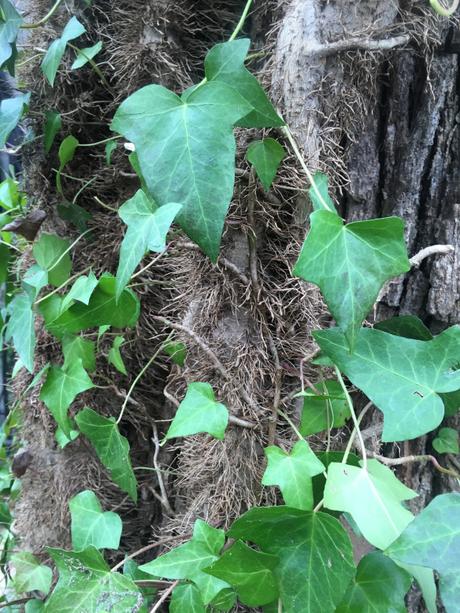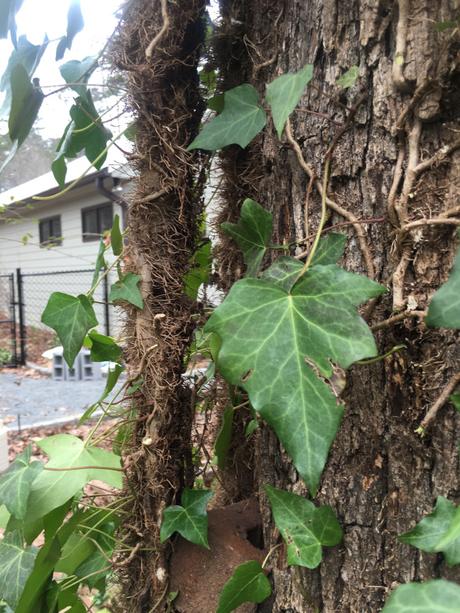Because I’m not overcommitted, yesterday I ordered 6 pounds of bees and two hives. I’m taking a beekeeping class run by my local beekeeping club. And in about six weeks I’ll drive two hours west to Brushy Mountain Bee Farm, pick up my bees, and begin a new adventure.
If you garden much at all, you’re probably aware of the plight of Apis mellifera, the European honeybee. Between varroa mites (Varroa destructor), the mysterious colony collapse disorder, and a charming array of other pests, diseases, and environmental insults, only about 16% of feral bee colonies survive one year (American Bee Journal). Sustainable colony management is essential to helping the species survive.
Yesterday I began preparing my bee yard. I’m resisting calling it an apiary; that seems a rather aspirational term given that I’ve got two hives and no experience.
The ideal spot to locate hives is in full sun, away from well-traveled paths. That place doesn’t exist on my half-acre suburban property. The full-sun locations in my garden are immediately adjacent to my neighbor’s driveway, where a 5-year-old and a 3-year-old play daily. Everywhere else on the property is well shaded by mature oak trees.
I’ve chosen a small spot behind my shed, where the bees will be sheltered but should still get some morning sun. I’ll face the hives towards the southeast, because light stimulates them to start their day. Yesterday I cleared the area of ivy and vinca vines, leveled the ground, and laid a few inches of gravel where the hives will be. Gravel helps suppress small hive beetles, a pest I’m told I will have to accept around here. Chickens are also excellent at helping to suppress the beetles–they adore the larvae–but that’s a project for another day.
I’m also clearing ivy vines that have grown up the trunk of one of the nearby oaks. I won’t be able to reach them at the top, but by getting as much as I can off the trunk, I will permit more light to reach the bee yard.

This English ivy vine (Hedera helix) has gotten way out of hand. It’s nearly the size of my wrist.
I started at ground level, wedging a cat’s paw tool–a wide, flat crowbar/nail puller about 12 inches long–between the trunk’s bark and the vine. I pried it back from the bark, slid it up the trunk as far as I could, and pried again.

One vine pulled back from the trunk.
I’ve wedged brick fragments between the trunk and the vine to keep the vines from reattaching until I can complete the project.
I hate to use herbicides in my garden, but this is a desperate case. I’ll pull off as much as I safely can, and paint the remaining vine with brush killer. I will probably also paint the base of the vine with the same, and dig it out once it’s dead. I know from experience that if I don’t use herbicide on something as large as this, I will never eradicate it.
Wish me luck. I’ll post photos of the carnage when I can.

